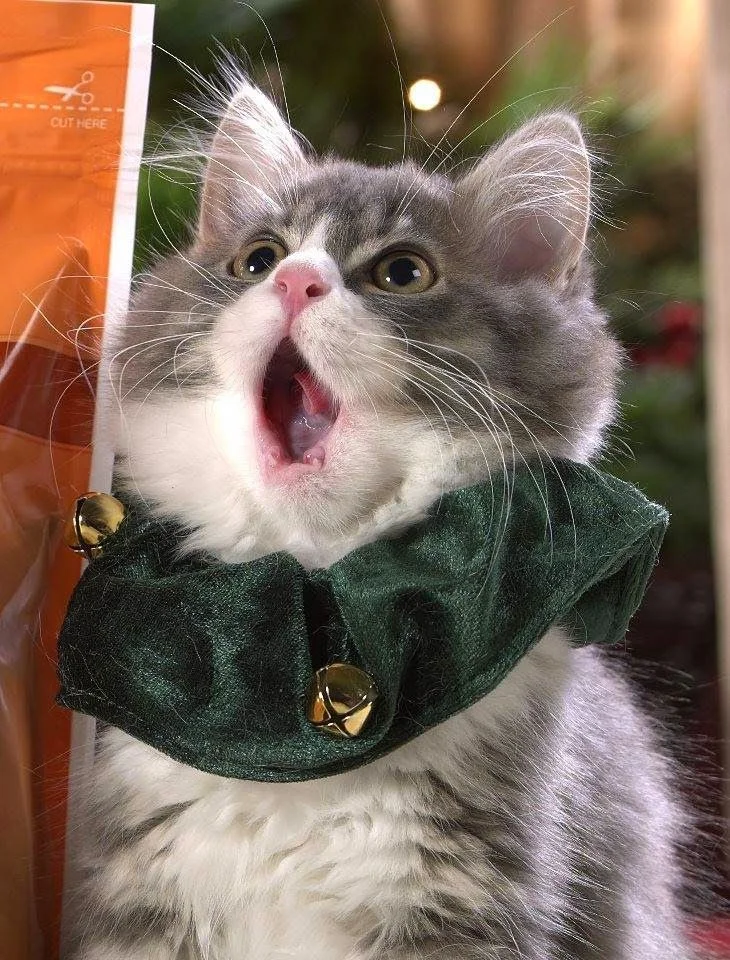The Wassail!
Wassailing has been associated with Christmas as far back at the fifteenth century and has mutated to mean different things over time. The word wassail comes from the Old English phrase “Wæs þu hæl” which was an Anglo-Saxon greeting meaning to be in good health.
A toast!
The origin of toasting “wassail” dates back to the twelfth century, in a story told by Geoffrey of Monmouth in History of the Kings of Britain.
Vortigern, a British King, was being entertained at a royal banquet at the house of an Anglo-Saxon leader, Hengist. Hengist attempted to get Vortigern drunk over the course of the banquet, making him more susceptible to his daughter’s charms. At the conclusion of the banquet, Hengist’s daughter Reinwein, one of the most beautiful women of the day, came out of her chambers holding a golden cup filled with wine. Reinwein approached the King, curtsied and said: “Lauerd king, wacht heil!”
Lovestruck upon seeing such a beautiful woman before him, the king was at a loss for words. He asked his interpreter what she had said, and he replied “she called you, ‘Lord king,’ and offered to drink to your health. Your answer must be ‘Drinc heil!’” Vortigern promptly replied “drink heil,” ordering Renwein to drink the wine, after which he took her hand, kissed her and took a turn drinking from the golden cup. From that day on, according to Geoffrey, this tradition of the first one who drinks at a banquet must say “was heil” and he who drinks next replies with “drinc heil” has lived on in Britain.
As the story continues, Vortigern asks Hengist for his daughter’s hand in marriage. Hengist agrees to give Renwein to Vortigern as his wife in turn for the providence of Kent.
A drink!
Wassail also indicated the drink used for toasting. It was a spiced wine used as a libation for the wealthy since the wine, along with the added spices (ginger, cinnamon, cloves, allspice, and nutmeg), had to be imported, making this something only the wealthy could afford. Later, ales replaced the wine, making it more affordable.
You can make your own traditional wassail drink, and here's how!
Ingredients
4 small apples
1 medium orange
6 large eggs, (separated)
1 tbsp powdered ginger
13 whole cloves
1 tsp grated nutmeg
6 allspice berries
2 cinnamon sticks
¼ cup unrefined cane sugar
2 quarts hard apple cider
½ cup brandy (not Brandi)
Butter muslin or cheesecloth
Directions
.1. Preheat oven to 350 degrees.
2. Use a melon baller to scoop out the core of the apples. Take care not to fully penetrate the apples! Fill each apple with a tablespoon of unrefined sugar and place them on a baking sheet. Bake the apples and orange together for 40 minutes.
3. While the apples and orange bake, pour brandy and apple cider into a heavy-bottomed stock pot, warming over low heat. Add the powdered ginger and grated nutmeg and whisk together. DO NOT bring the wassail to a boil.
4. Using a small square of butter muslin or cheesecloth, place allspice and cinnamon into the square and tie with 100% cotton baking twine. Float this little sachet of spices in the wassail as it warms.
5. Beat the egg yolks until they are light in color and then set aside. In a separate bowl, whip the egg whites until they form stiff peaks. Fold the egg yolks into the whites. Slowly temper the eggs by pouring a half cup of wassail into the eggs. Remove the spice sachet and pour the tempered eggs into the wassail. Transfer to a punch bowl and float baked apples and orange in the wassail and serve by the mug!
A Bowl!
The first mention of the wassail bowl was in the thirteenth century and referred to the bowl in which merrymakers dipped cakes and fine bread. The bowl was usually made of wood or pewter so that it would withstand time. The wealthy often had them crafted out of precious metals or carved from stone. Centuries later, the wassail bowl referred to the drink or the contents of the bowl.
Detail from "The Wassail Bowl" by Thomas Hollis.
Wassailing of apple trees!
Just like drinking to the health of someone, it was also a tradition to drink to the health of apple trees to ensure a good crop for the coming year. Some people would wassail every single tree in the orchard while others picked one tree to represent the entire orchard. Because it was a folk tradition, the date often varied (Dec. 25, Jan. 1, 6 or 17), as well as the different activities associated with the event. People gathered and drank traditional wassail around a fire as they toasted the trees to have a good harvest for the coming year. Some people poured wassail on the roots of the trees as a gesture to thank them for producing the apples used in making their wassail. Meanwhile, others placed pieces of toast soaked in wassail in tree branches to satisfy the tree spirits. Villagers would fire their shotguns and bang on pots and pans, in order to create an overwhelming racket to wake the sleeping tree spirit and scare off any demons. It was also customary for some people to decorate a favorite tree in the orchard with ribbon or fabric, stand in a circle around the tree, and sing apple tree wassail songs.
A version of an apple tree wassail song from Gentleman’s Magazine, 1791:
Here’s to thee, old apple tree,
Whence thou mayst bud
And whence thou mayst blow!
And whence thou mayst bear apples enow!
Hats full! Caps full!
Bushel--bushel--sacks full,
And my pockets full too! Huzza!
Caroling!
Contemporary caroling had many predecessors, often involving house-to-house visiting. There were two types of house visits: wassailing and mumming.
In the middle ages, male peasants would go to the home of their feudal lord and sing songs, demanding that in return he would give them some of his best beer, spirits, and cakes. The feudal lord would do so, and in exchange, the peasants would give him their ‘goodwill,' which was no small matter in those times. This practice continued after feudalism when the poor would visit the homes of the wealthy. Friends and strangers would go door to door caroling on Christmas and receive a warm glass of wassail in thanks. By about 1600 it became custom to take a wassail bowl filled with spiced ale and adorned with ribbons, rosemary, and evergreens as they went door to door caroling. This decorating of the wassail bowl accounts for “leaves so green” in the famous carol dating from the seventeenth century.
Mumming, meaning to make a diversion in disguise, was an ancient pagan custom which gave people an excuse to have a party at Christmas. Men and women would switch clothes, put masks on and then visit their neighbors. Those in disguise would enter the homes of their neighbors singing, dancing, performing a play with a silly plot, meanwhile creating all sorts of mischief. It was often custom for the hosts to guess the identity of those in disguise. Mumming almost always involved a payment of goods for the entertainment, in the form of food, alcohol or money. In Medieval times, mumming turned into an excuse for people to go door to door begging and committing crimes. This got a bit out of hand, and Henry VIII put a law in place saying that anyone caught mumming while wearing a mask would be put in prison for three months!
Christmas is coming, the beef is getting fat,
Please drop a penny in the old man’s hat!
A favorite poem that was said while mumming:
A carol!
Probably the most popular form of Wassailing we know...
Here we come a-wassailing
Among the leaves so green;
Here we comea-wand'ring
So fair to be seen.
Love and joy come to you,
And to you your wassail too;
And God bless you and send you
a happy New Year.
LEIGHANN DAIHL RAGUSA
CONTRIBUTING BLOGGER
Leighann plays traverso, modern flute, is a core member of the BBE, and curator of the Carols program. She has concertized in Europe and the United States as a soloist and as a collaborator of chamber and orchestral music. She is frequently heard on Chicago’s Classical Radio Station WFMT 98.7. She earned degrees in modern flute from DePauw University and Indiana University, and degrees in historical flutes from The Royal Conservatory of the Hague (The Netherlands) and Indiana University.
Website: leighanndaihl.com







